Call Us: 1-519-783-1602 | Contact Us
Shapes of Diamonds
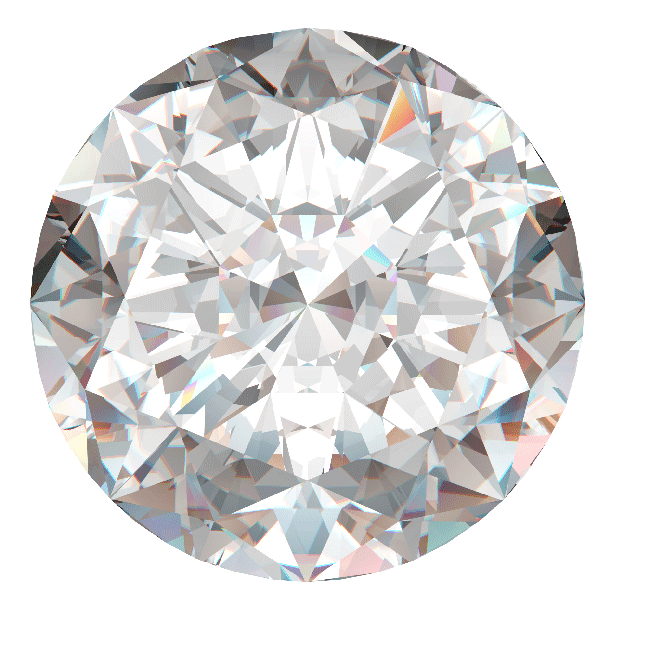 |
ROUND The most popular shape, round diamonds have been researched by gemologists more than any other variation. Renowned for its unparalleled fire and brilliance, this shape possesses excellent light refraction properties. When all else is equal, round shape diamonds are more valuable than alternative shapes.; |
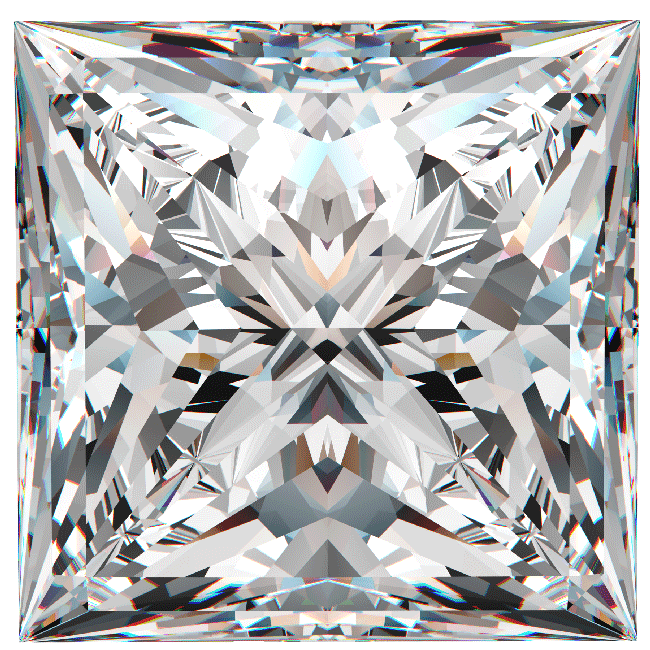 |
PRINCESS A square stone with 90-degree corners, the princess shape originated in the United States in the 1970s. The clean modern lines of the princess shape appeal to those who appreciate symmetry and precision. The most desirable princess diamonds are perfectly square in shape, with the more rectangular variations decreasing in value. |
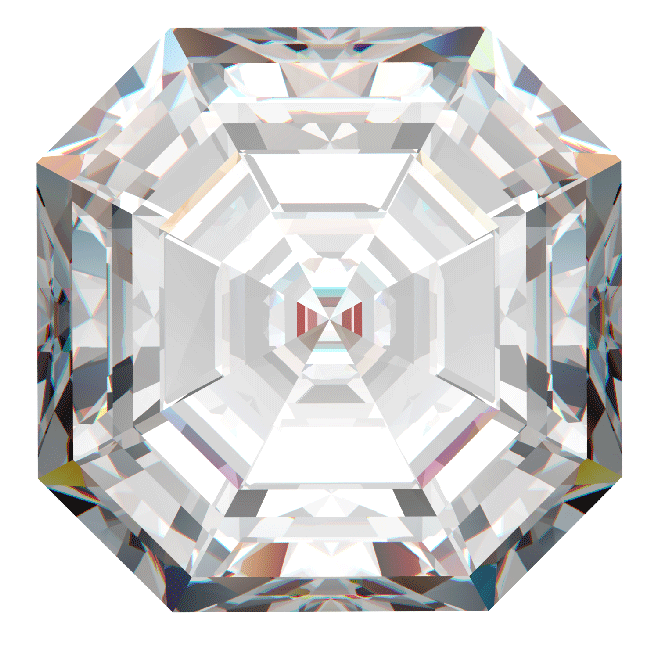 |
ASSCHER Introduced in 1902 by renowned diamond cutter Joseph Asscher. Exuding royal elegance this shape is most often found in early 20th century, art-deco style jewelry. It was reinvented in the late 1990s with an additional sixteen facets for a more modern and brilliant look. This diamond shape utilizes many of the same cutting techniques as the emerald cut. What sets asscher diamonds apart are their uniquely angled and cropped corners creating a timeless look. |
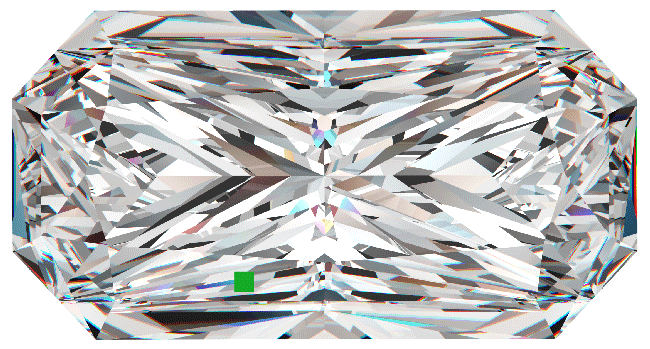 |
RADIANT Relatively new to the jewelry industry, radiant diamonds were introduced a little more than 20 years ago. This unique shape is a stunning hybrid of a traditional round shape and an elegant emerald shape, resulting in a square, near square, or rectangular orientation. As the name suggests, radiant diamonds tend to emit a beautiful, memorable glow. |
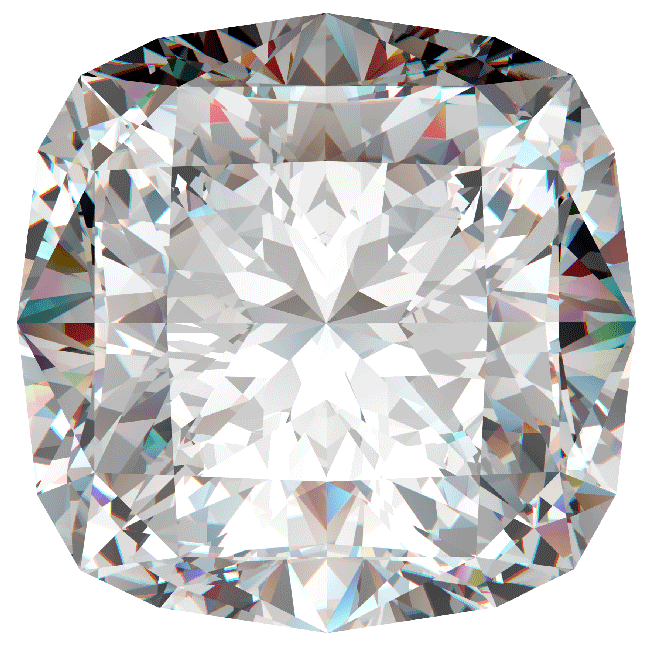 |
CUSHION First introduced to the jewelry market in the early 1800’s, the cushion shape diamond is rich with diamond history. Cut into a square or rectangular shape with rounded corners and sides, it’s continued by many to be more vintage version of the round cut diamond. The cushion shape has a romantic and classic look that maximizes a diamond’s luster. |
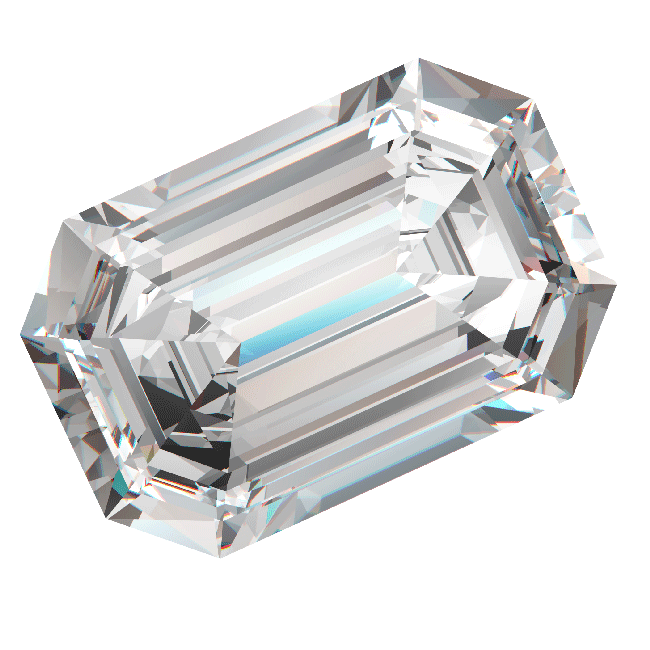 |
EMERALD Standardized around 1940, emerald diamonds took on the same name of the gemstone most typically cut into this shape and are usually rectangular. Distinguished by beveled corners and step facets, this type of diamond is more transparent than other shapes, often requiring higher standards of clarity. |
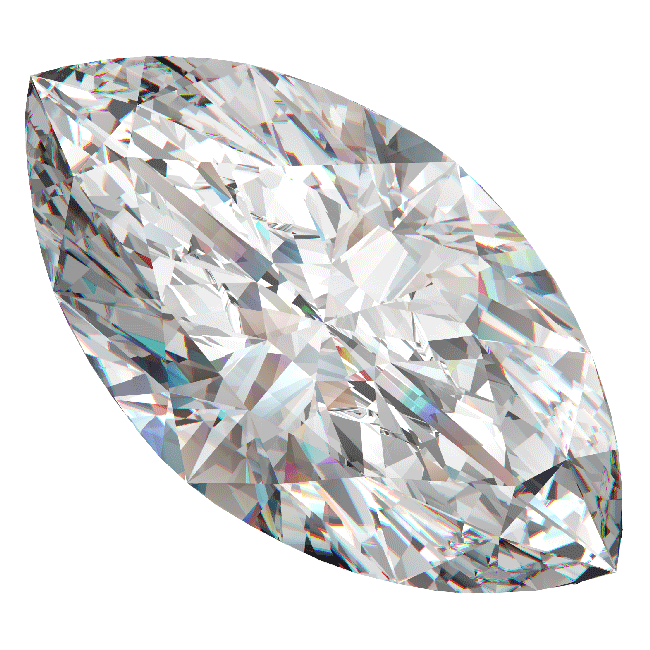 |
MARQUISE The marquise cut dates to the 18th century when King Louis XV of France commissioned a jeweler to design a shape that resembled the lips of his mistress, the Marchioness Madame de Pompadour. The elongated Marquise stone has gracefully pointed ends for a dramatically beautiful appeal that looks excellent on a ring finger. |
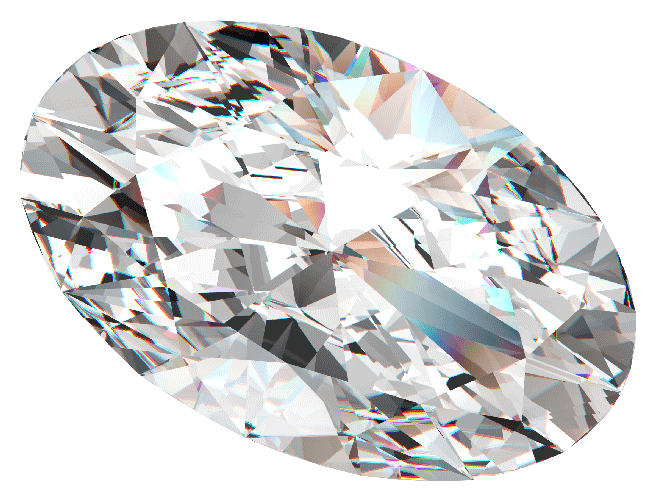 |
OVAL Perfected by Hall of Fame jeweler Lazare Kaplan in 1957 the oval is cut with the same number of facets as a round diamond, an oval emits nearly the same level of brilliance and fire. Due to its elongated shape, the oval diamond can appear larger than a round diamond of equal carat (weight). |
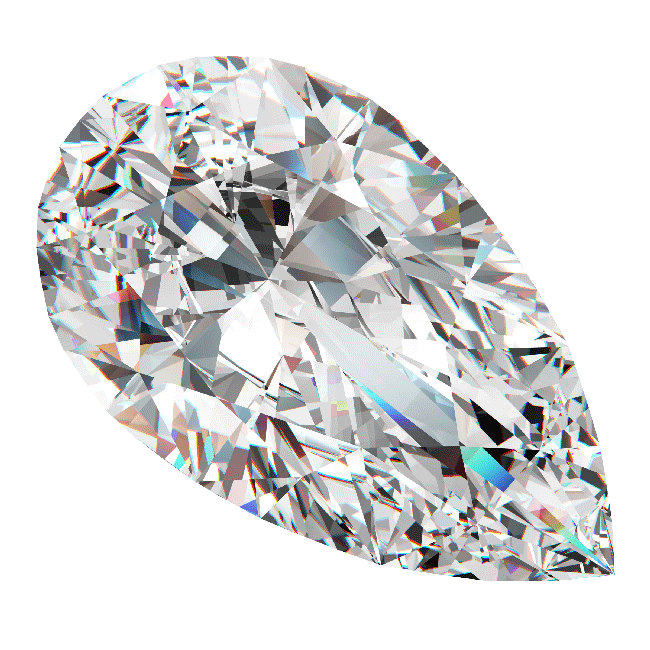 |
PEAR Some of the most famous diamonds in the world are pear shape. Exuding elegance, the pear shape diamond (also referred to as a drop cut or teardrop diamond) is cut to resemble a drop of water with a single point and rounded end. The result is a cross between a round and marquise shape. |
 |
HEART Living up to its name, the heart cut diamond has become synonymous with love and affection, making it an excellent choice for an anniversary or engagement ring. One of the most demanding diamond cuts to create, a heart shaped stone requires great skill and dexterity from a diamond cutter. |